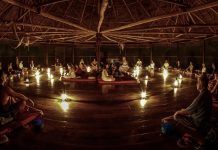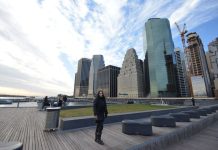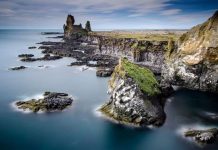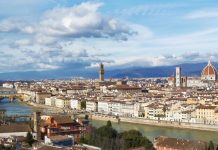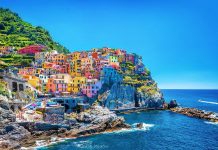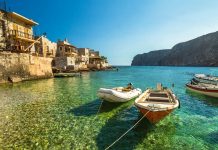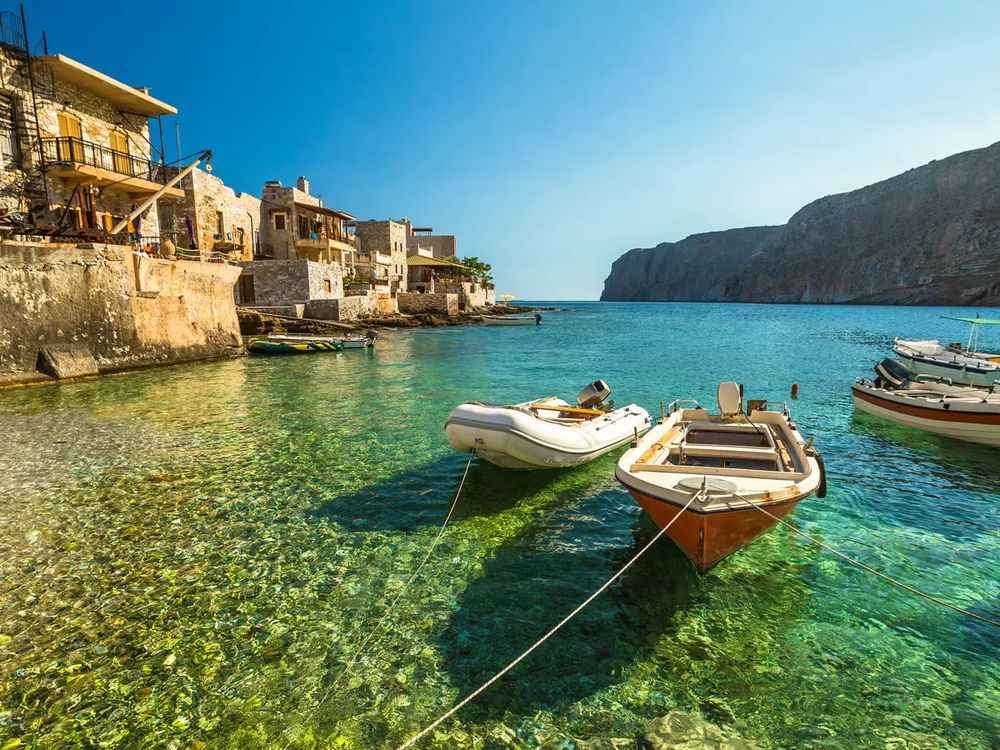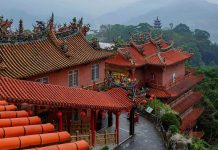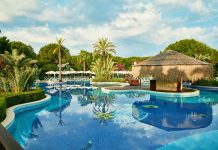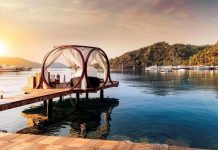The construction of the building began in 1785 under the reign of Charles III of Spain who wanted to create a large naturalistic complex near the Botanical Garden, The Observatory and the Natural Science Building. The latter was the original location of the current museum. The project was formed in response to the Enlightenment philosophy imported from Europe and from that which Charles III had instilled during his reign in Naples.
The construction was stopped during the War of the Independence against Napoleon and the building was used as barracks by the French troops (with the consequent destructions). After the war, Joseph Bonaparte had the idea to convert the building, which was finalized in 1811, into the home of the extensive Royal Artwork Collection. The re-established Ferdinand VII of Spain in the throne supported and promoted such an idea. His wife Isabel of Braganza was so involved in the project that she officially is considered the founder of the Museum. The Museum restrictedly opened its doors November 19, 1819 with barely 300 works on display.
With the disentailment of Mendizábal, thousands of works from churches and convents were sent to the Trinity Convent. In 1870, these works became part of the base of the Prado Museum.
Until the middle of the 19th century, the museum’s works were property of the Monarchs. With the artwork at their disposal, it was feared the collection would be scattered as inheritance. After the death of Ferdinand VII, it was decided to pass the Royal Collection to the institution of the crown to avoid the possible dispersion of the works. When Isabella II was exiled in 1868, the collection was nationalized and the museum became known as the Museo Nacional del Prado
During the Spanish Civil War (1934-39), the most important works were taken out of Spain for protection. Also, works not originally in the Prado that made a hasty return after the crash of World War II were incorporated into the collection. Currently, there are constant new acquisitions complementing this extremely important and unique collection.
The building
Juan de Villanueva created a neoclassical building and placed it in the main area for walking and recreation of Madrid. The building was designed with a central rectangular area, with a cube at the north and south ends.
The building is composed of a central gallery with a one-story vaulted ceiling and two lateral two-storied naves. The building has three entrances: La Puerta de Goya at the north, La Puerta de Murillo at the South and La Puerta de Velazquez at the west, with a statue of the original genius painter presiding the building’s entrance. This façade, the most beautiful, is decorated with an impressive allegorical frieze and busts of the important Spanish artists.
The building has undergone numerous remodellings, all of which were due to the lack of space that has accompanied the Prado almost since its inauguration.
In 1971 the Caserón del Buen Retiro became part of the installation complex of the museum. The Caserón had been the Royal Palace ballroom, which Philip V made for his rest times and for holding the museum’s collection of 19th-century paintings. Afterward this collection was transferred to the Reina Sofia Museum of Contemporary Art.
The most recent addition is the extension of the rear area of the building, being carried out by the well-known architect Rafael Moneo.
The Prado National Museum collections
The art collection of the Prado Museum is one of the best in the world. One must not forget the Spanish monarchy was the most consolidated of Europe for many centuries. The kings had the biggest artists of every period at their service.
The works on exhibit at the Prado Museum range from the 7th century to the middle of the 19th. The collection has 8,600 paintings, 5,000 drawings, 2,000 engravings, 2,000 decorative pieces, 1,000 coins and medallions and 800 sculptures. However, due to spatial problems just a small portion of this is open for pubic viewing.
Spanish paintings (7th to 19th century)
History’s most important painters are on exhibit here: Velazquez, Murillo, Ribera, Zurbaran, El Greco, Goya, etc. There is also medieval and renaissance art on exhibit.
Flamenco paintings (15th to 18th century)
The Royal Collection contains a large number of works proceeding from Finland and the Netherlands. The highlights include works from El Bosco, Brueghel, Van der Weyden, Van Dick and Jordanes.
Italian paintings (14th to 16th century)
The extension of this collection was determined by the judgment of Emperor Charles V (Charles I of Spain) and his successor Philip II. Works from the first Renaissance painters like Fra Angelico, Mantenga, Boticelli and Rafael are on exhibit. The Venetian school is represented by Tiziano, Tintoretto, Veronis and Bassano.
German paintings (15th to 19th century)
Represented by works of Albrecht Dürer, Cranach the Old, Grien and Mengs. The collection is not very extensive, but the quality is unquestionable.
French paintings
The Bourbons insisted on bringing French painters to the Court, and their works became part of the Royal Collection. Poussin, Rana, Rigaud and van Loo are some of them.
The Delfín Treasure
This is the name of the group of gems and jewelry that Philip V inherited from his father, El Delfín of France. In 1919 some of pieces were stolen in a mysterious white glove robbery. The works that were able to be recuperated had lost some of the precious stones that had adorned them.
Sculpture
Spread throughout the museum, one can admire the classic Greek and Roman sculptures brought from Italy to adorn royal palaces and gardens just as they were when carried by the first Austrias.
Drawings
The museum holds nearly 4,000 drawings. Highlights within its large collection include the 500 drawings and stamps of Goya, the most important in the world.

